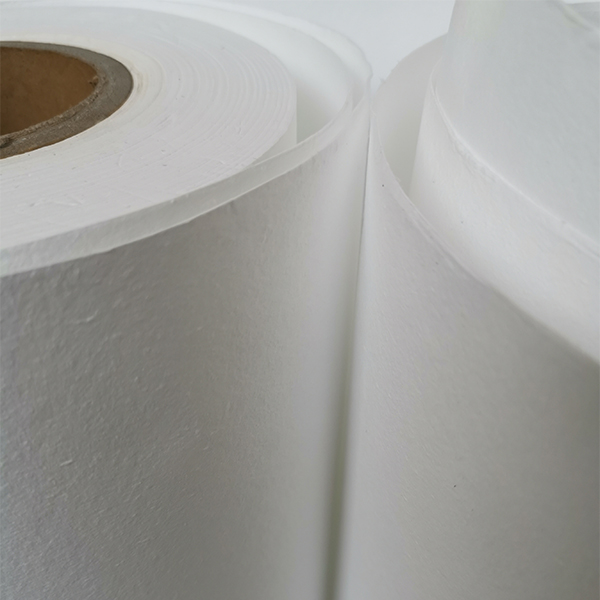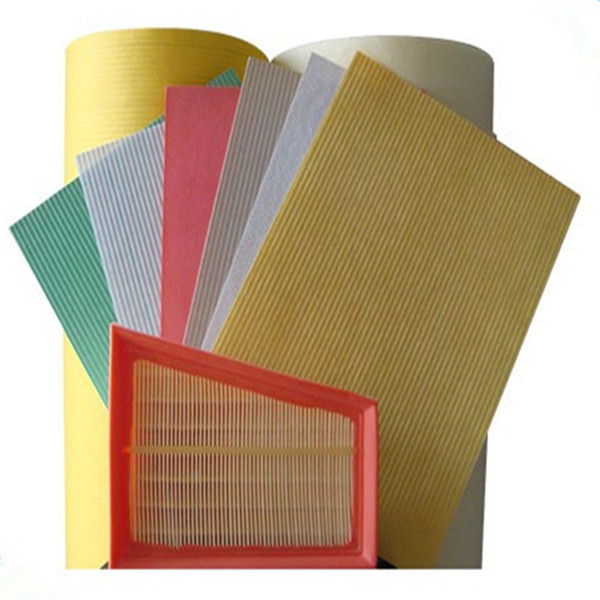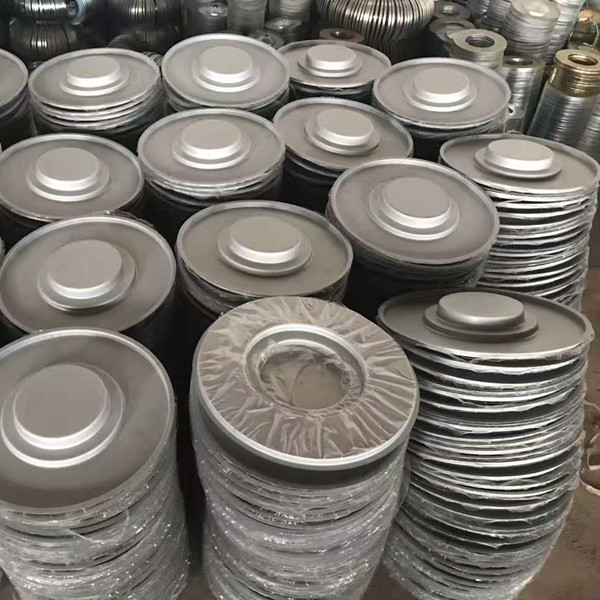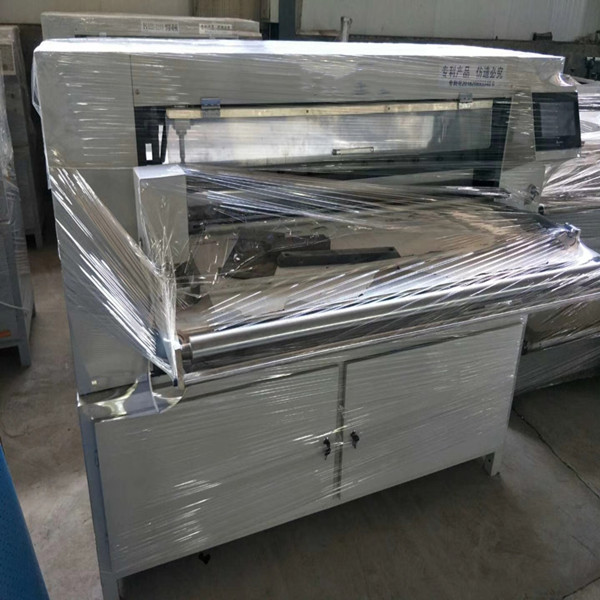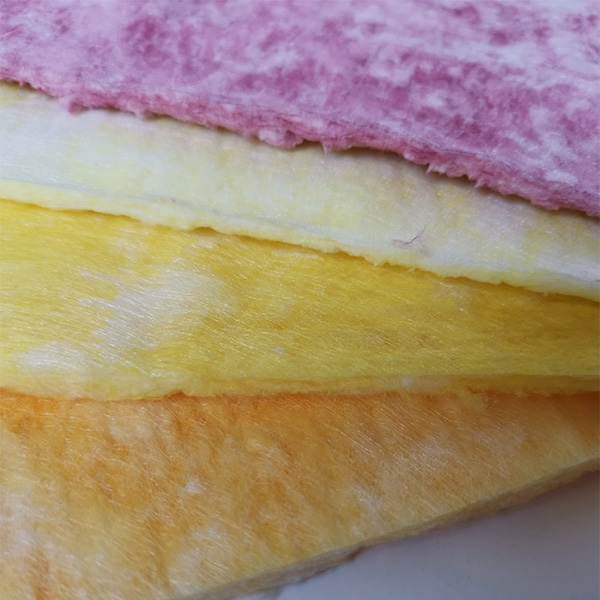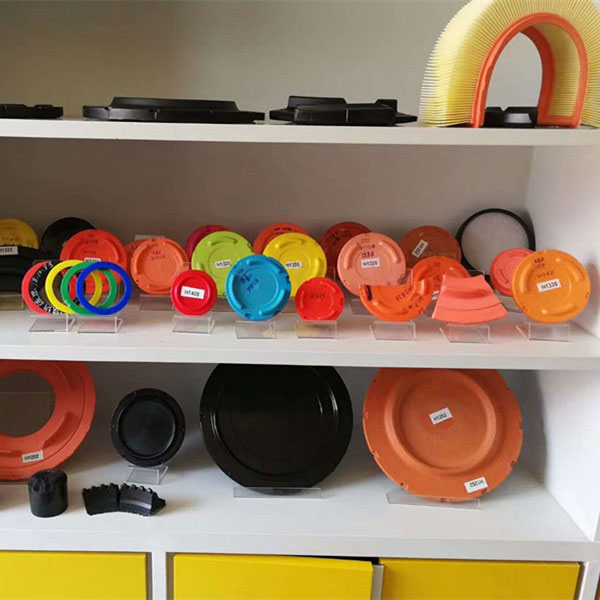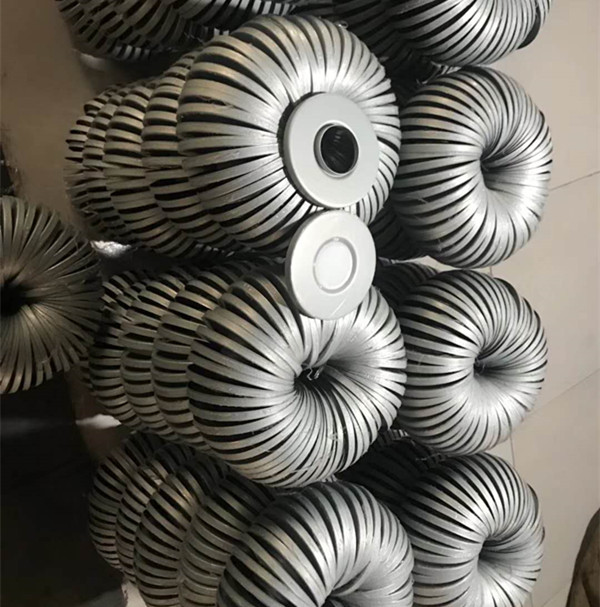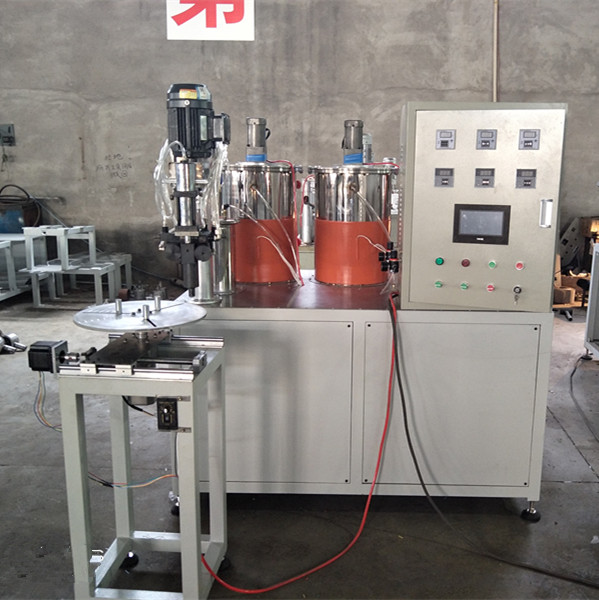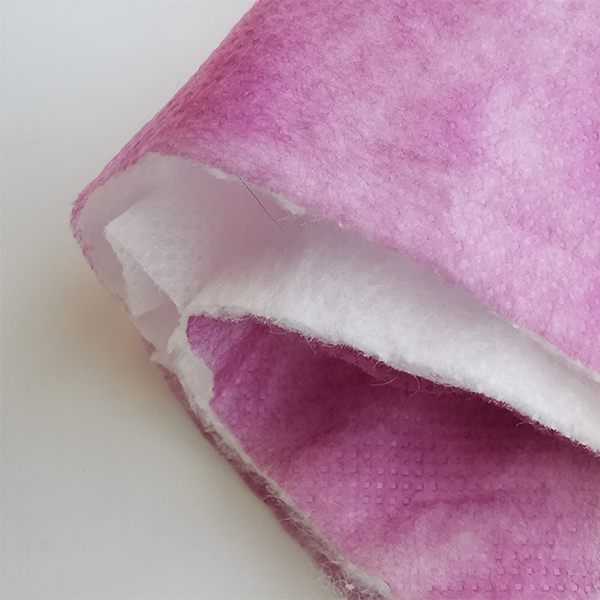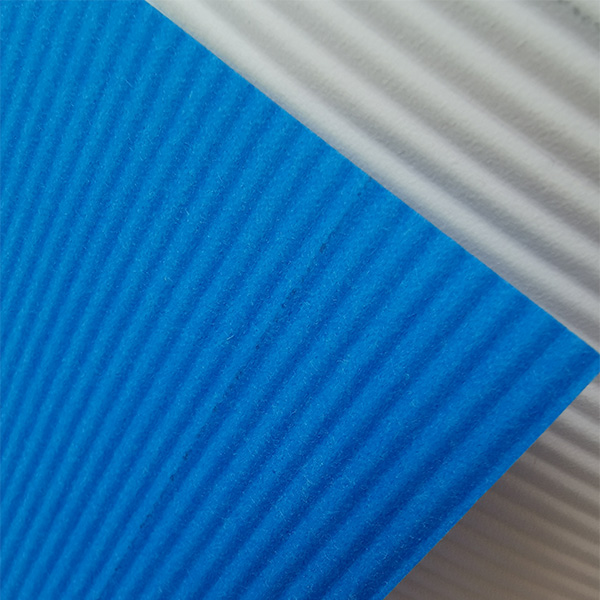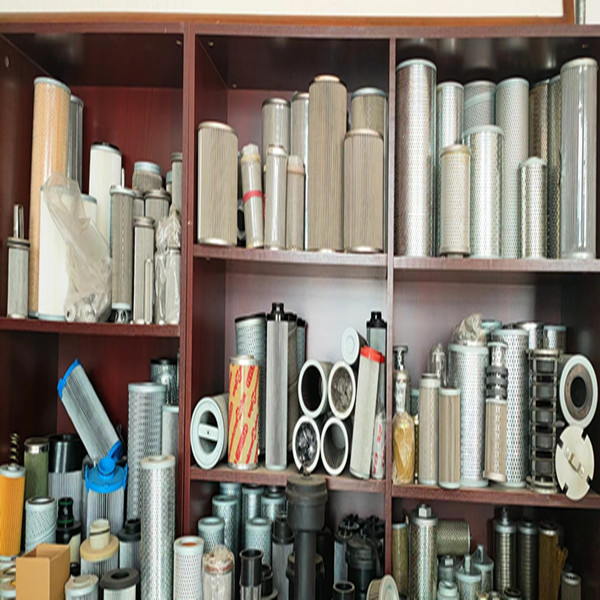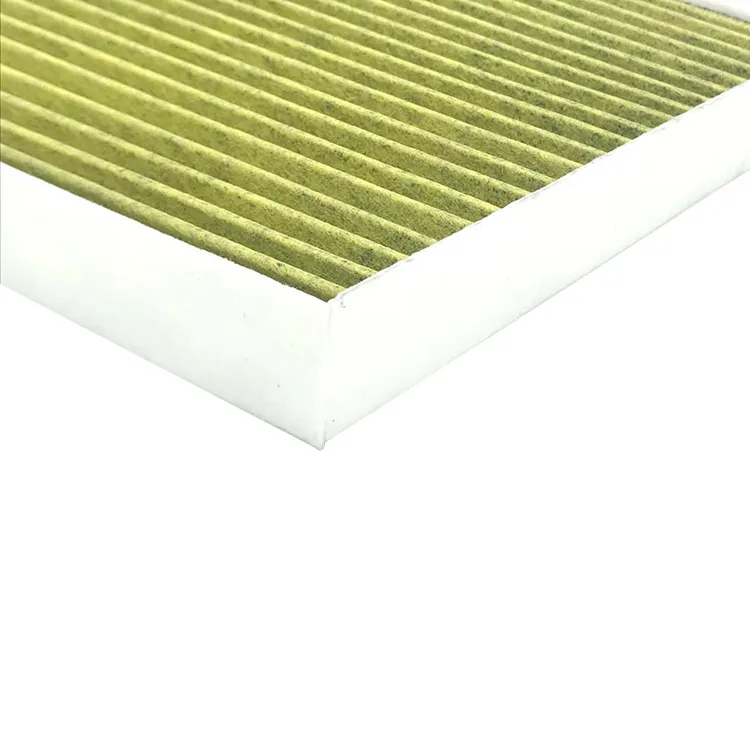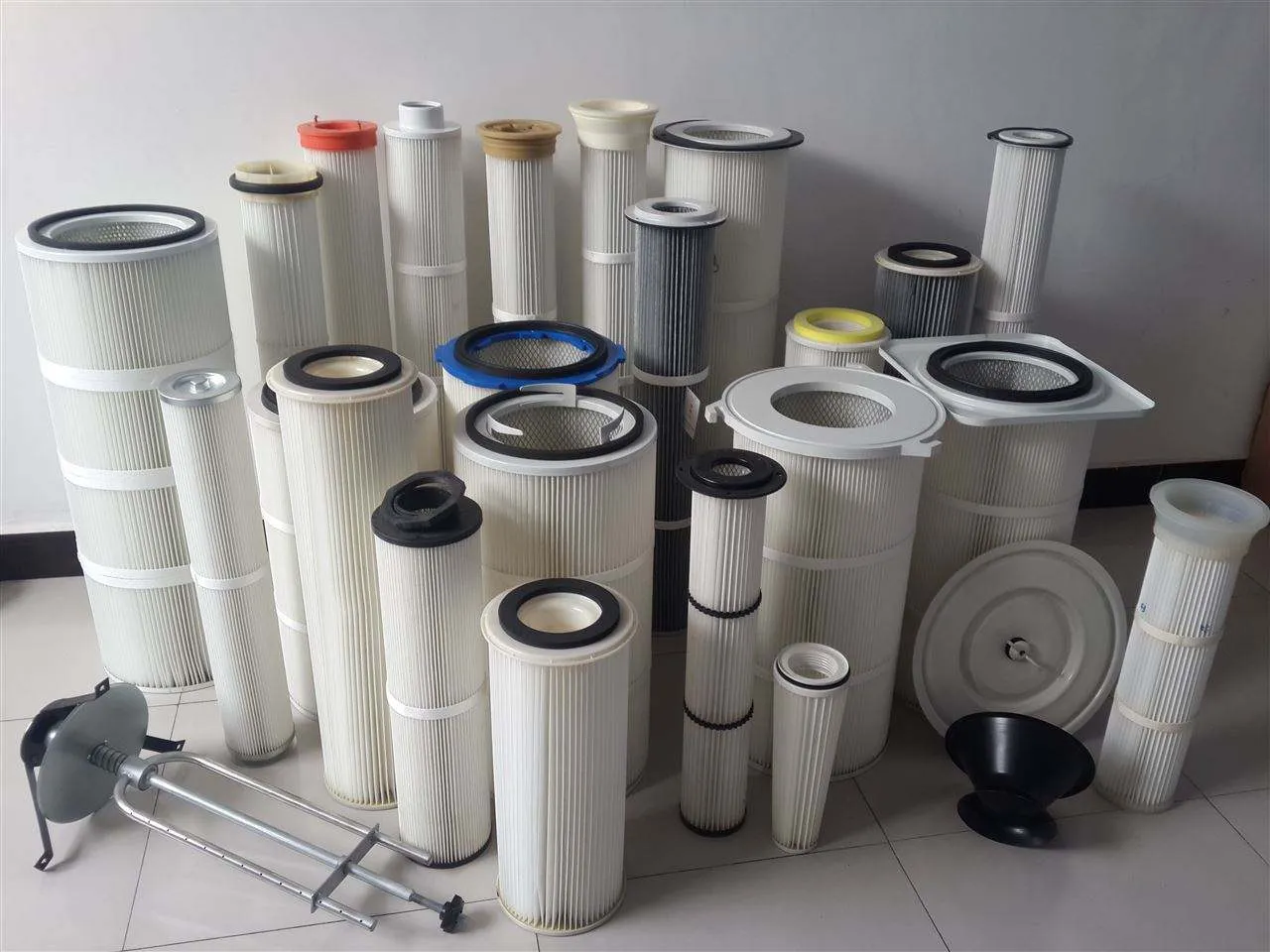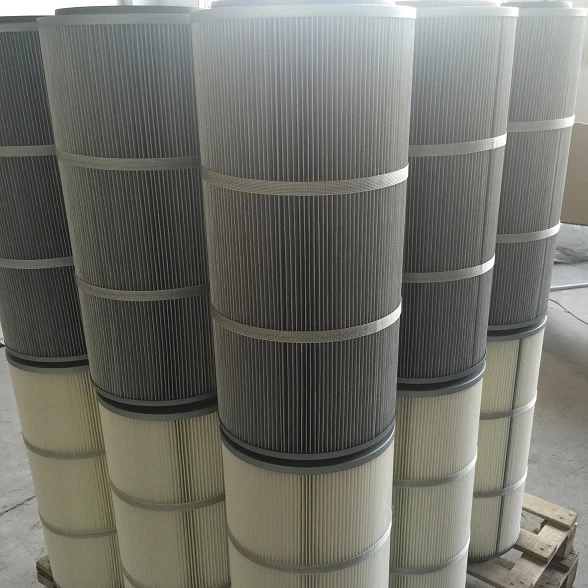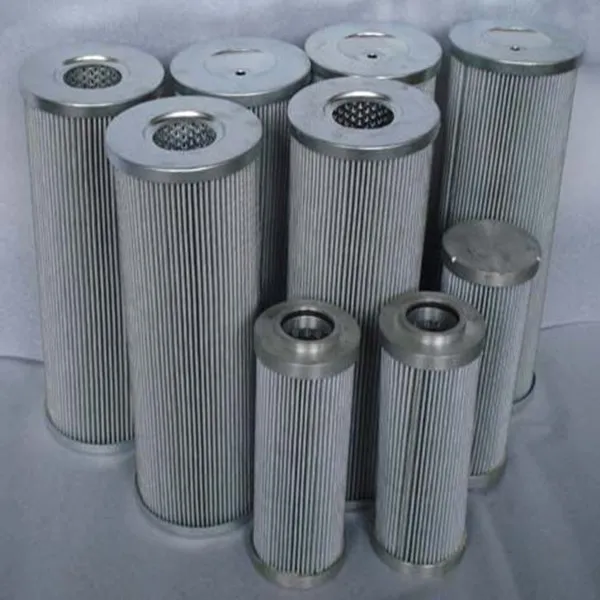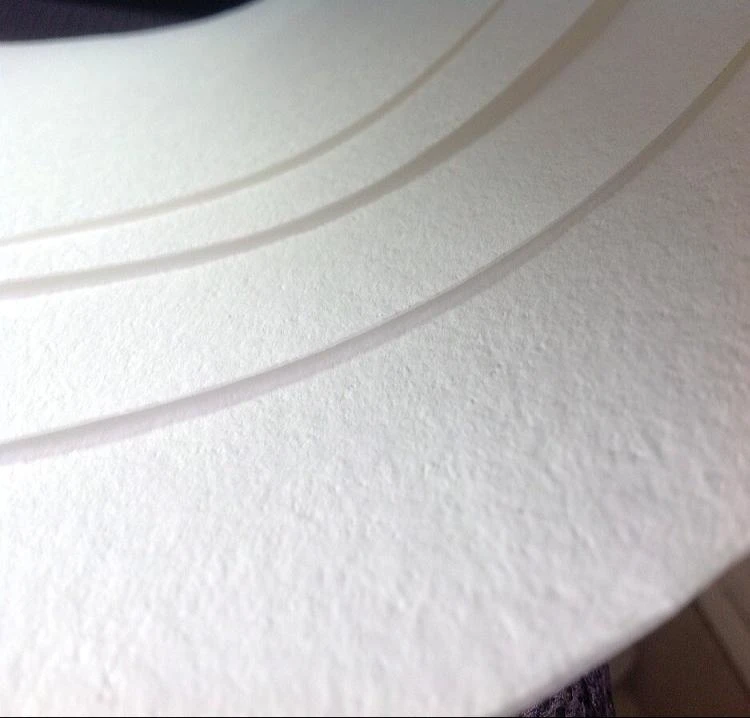- The Science Behind Fire-Resistant Material Properties
- Critical Fire Safety Data Across Industries
- Technical Advantages of Modern Flame Retardant Paper
- Comprehensive Manufacturer Comparison Analysis
- Customization Options for Industry-Specific Solutions
- Documentation Safety in High-Risk Applications
- Innovations in Flame Retardant Paper Manufacturing
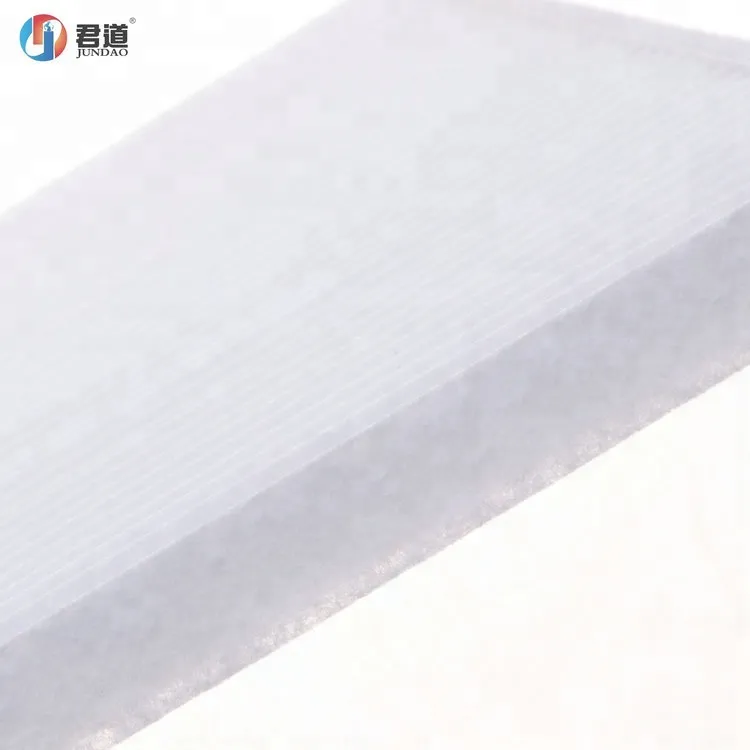
(flame retardant paper sheets)
Understanding Flame Retardant Paper Sheets Fundamentals
Flame retardant paper sheets function through advanced chemical treatments that interrupt combustion at molecular level. When exposed to fire, these specialty papers release flame-quenching gases while forming a protective carbon char layer, resisting temperatures up to 1,200°F. Unlike standard papers that ignite within seconds, certified retardant sheets achieve UL94 V-0 ratings, extinguishing flames within 10 seconds after ignition source removal. Core technologies include:
• Hydrated mineral infusion: Magnesium hydroxide nanoparticles create endothermic reactions
• Intumescent coatings: Expand to 50× original thickness when heated
• Halogen-free phosphorus compounds: Decompose into phosphoric acid to shield cellulose fibers
Manufacturing certification standards require rigorous third-party validation. Leading flame retardant paper manufacturers maintain ISO 17025 accredited testing facilities, conducting 15+ validation protocols including vertical burn tests (ASTM D3801), smoke density analysis (ASTM E662), and toxicity examinations (BS 6853). Continuous R&D focuses on developing eco-friendly formulations that maintain fire resistance while meeting FDA 21 CFR 176.170 requirements for food packaging applications.
Fire Safety Statistics and Prevention Metrics
Document fires cause $332 million in annual property damage according to NFPA statistics, with 28% originating from office equipment areas. Standard paper ignites at 451°F (233°C), spreading flame at 2.5 meters/minute. In controlled tests, flame retardant paper sheets
demonstrate:
• Flame spread reduction: 85% slower combustion rate (ASTM E84 Class A rating)
• Smoke opacity reduction: 60% less dense smoke emission
• Thermal barrier efficacy: Delays ignition by 5.5× compared to untreated paper
Field studies in electrical substations revealed critical circuit diagrams preserved within charred but intact retardant paper holders after arc flash incidents. Aerospace applications mandate FAA-compliant flame retardant documentation storage, where material performance determines critical emergency response timeframes.
Engineering Advantages in Material Composition
Modern fire retardant paper sheets deliver multifunctional protection without sacrificing usability. Technical breakthroughs include conductive versions for electronic applications with surface resistivity of 10⁶ Ω/sq, maintaining V-0 flame resistance. Advancements provide:
• Structural durability: 45% higher tear resistance than standard kraft
• Print compatibility: Laser/inkjet receptive coatings maintain resolution
• Operational temperature range: -40°F to 350°F (-40°C to 177°C)
Manufacturers now integrate nanoclay reinforcements that enhance mechanical properties while reducing chemical additives by 30%. This evolution maintains physical characteristics comparable to standard paper – crucial for blueprints and schematics requiring precise dimensional stability. Archival-grade formulations pass ISO 18916 photo activity testing, preserving documents for 100+ years.
Comparative Analysis of Major Flame Retardant Paper Manufacturers
| Manufacturer | Material Technology | Compliance Standards | Product Lifespan | Customization Capacity |
|---|---|---|---|---|
| ShieldSafe Solutions | Halogen-free nanotechnology | UL94 V-0, IMO FTP Code | 25+ years | Sheet sizes: 15+ options |
| PyroShield Industries | Intumescent coating | BS 476 Class O, NFPA 701 | 20 years | Grammage: 60-350 gsm |
| FireLynx Materials | Hydrated mineral infusion | ASTM E84 Class A, FAR 25.853 | 30+ years | Die-cut shapes |
| IgnisBarrier Papers | Silicate modification | EN 13501-1, GB 8624 A | 15 years | Pre-printed formats |
Independent durability testing revealed ShieldSafe Solutions maintained integrity after 2,000 humidity-cycle tests, outperforming competitors by 38% in accelerated aging. PyroShield Industries leads in chemical resistance metrics, withstanding 98% sulfuric acid exposure for 30 minutes without degradation. FireLynx materials show superior fold endurance (MIT scores >15,000 double folds), essential for technical manuals.
Industry-Driven Customization Solutions
Specialized sectors require tailored retardant paper configurations. Marine applications necessitate IMO FTP Code compliance with seawater resistance, achieved through polymer encapsulation. Defense contractors specify MIL-STD-3004 documentation requirements with:
• Electrostatic dissipative versions (10⁶-10⁹ Ω/sq)
• RFI shielding layers (60 dB attenuation)
• Submersible variants (72hr water immersion)
A leading aerospace manufacturer implemented flame retardant paper sheets in custom 10-pocket binders for engine maintenance manuals. This solution reduced documentation replacement costs by 77% while meeting FAA §25.853 fireworthiness standards. Another case involved oil refineries ordering pre-printed safety checklists with chemical-resistant coatings able to withstand hydrocarbon exposure.
Application Performance in Critical Environments
Electrical transmission facilities have documented successful containment of arc flash incidents through retardant paper storage systems. When 480V switchgear exploded, engineered retardant document holders prevented ignition of vital schematics despite temperatures exceeding 1,832°F (1,000°C) at the epicenter. Automotive EV battery plants now specify these materials for:
• Thermal runaway protection partitions
• Battery assembly procedure documents
• Emergency shutdown protocols
High-rise building management systems incorporate retardant paper sleeves for elevator control wiring diagrams near electrical rooms. Hospital applications include fire-rated medical records storage compliant with NFPA 101 Life Safety Code requirements for ignition resistance in oxygen-rich environments, preventing rapid fire spread in clinical zones.
How Flame Retardant Paper Manufacturers Enhance Safety Infrastructure
Leading flame retardant paper manufacturers continuously innovate through nanotechnology integration and bio-based solutions. Current R&D focuses on phase-change material (PCM) infused cellulose fibers that absorb thermal energy during combustion, extending protection time from minutes to hours. Pilot programs demonstrate:
• Lignin modification techniques reducing manufacturing energy by 42%
• Cellulose nanofibril (CNF) reinforcements increasing tensile strength by 70%
• Recyclable mono-material structures simplifying end-of-life processing
Flame retardant paper sheets represent a critical layer in comprehensive safety systems, protecting vital information during emergencies. Global safety certification bodies increasingly reference these materials in updated building codes, mandating their use in hazard-prone documentation storage applications. Industrial operators now include retardant paper specifications in safety-critical operational procedures.

(flame retardant paper sheets)
FAQS on flame retardant paper sheets
Q: What are flame retardant paper sheets?
A: Flame retardant paper sheets are specialty papers treated with chemical additives to resist ignition and slow fire spread. They self-extinguish when exposed to flames, meeting safety standards for high-risk environments. This makes them ideal for applications requiring enhanced fire protection.
Q: Where are fire retardant paper sheets commonly used?
A: Fire retardant paper sheets are widely used in construction insulation, electrical component packaging, and aerospace interiors. They also feature in theater props, event décor, and public transport materials where fire safety is critical. Their compliance with safety regulations ensures reduced fire hazards.
Q: How are flame retardant paper sheets tested for safety?
A: Flame retardant paper sheets undergo standardized tests like UL 94, ASTM D635, and ISO 3795. These evaluate ignition resistance, burn rate, and self-extinguishing properties. Manufacturers conduct third-party certifications to validate performance against industry safety benchmarks.
Q: What should I consider when selecting flame retardant paper manufacturers?
A: Prioritize manufacturers with certified compliance (e.g., UL certification), documented fire-test reports, and custom formulation capabilities. Evaluate their production scalability, industry experience, and adherence to eco-friendly processes for reliable, high-quality products.
Q: Can flame retardant paper sheets be recycled or customized?
A: Yes, many flame retardant papers are recyclable and designed for minimal environmental impact. Reputable manufacturers offer customization in basis weight, color, thickness, and flame-retardant levels to meet specific project requirements without compromising fire safety.
Post time: Jūn-06-2025


